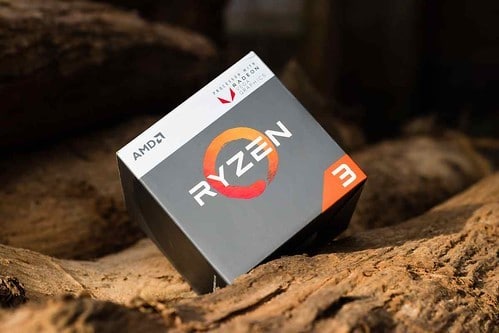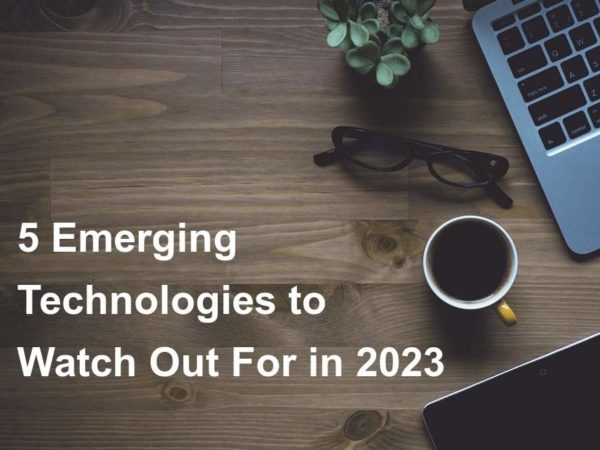Over the last ten years, mobiles have evolved on a scale few predicted, essentially now operating as pocket-sized computers. As far as these have developed, however, they also come with hard restrictions based on their physical form. Some of these limitations might be overcome with future improvements in hardware power, though others are likely to remain permanent fixtures. Meeting those challenges that do remain might be possible through remote desktop solutions, and this is what we want to explore today.
Why the Need for Remote Desktops?
The necessity for remote desktop applications rather than straight mobile platforms comes into play for two primary reasons, those of performance and safety. In terms of performance, mobile devices have come a long way, but they’re still nowhere near matching the computational performance of a modern desktop CPU like a Zen 3 Ryzen 5000. Add to this the capabilities of server systems, and the gap becomes entirely untenable. If it takes a mobile device an hour to achieve a feat a dedicated network can in a minute, then use is effectively bottlenecked.

Safety is more of a concern when systems rely on deep-level security. Allowing direct access from outside connections is often not possible on secure systems, and in this, an indirect modern secure remote desktop solution can act as a workaround,
In practical terms, an ideal remote desktop setup should allow mobiles to perfectly reflect the opportunities and user-friendliness of a traditional system. Important to note is that some more confined apps, specifically in the entertainment space, accomplish this already.
Online casino websites like Mr Green are common examples of this. Already available on desktop, these services on mobile offer the same advantages and none of the downsides. All the games, convenience, and safety features meet mobile devices perfectly, owing to the unusual ease of translation. These types of games can fit perfectly to the smaller displays and touch controls of mobiles, and this is a level of integration to which other systems on remote desktops aspire.
Matching Hardware Potential
Bridging the gap to make mobiles viable as remote access machines depends on the use-case. For the simplest of uses, translating a desktop directly onto a regular device could work well enough. From more complicated and data-heavy tasks, however, traditional mobiles might prove too small to be efficient or ergonomic.
A modern solution could be found in folding screen devices. Now entering the second generation with devices like the Galaxy Z Fold 2, the increased visual real-estate here makes regular operations much easier. Another option, while not totally mobile, could be seen through the adoption of mobile docking systems. This would require a physical setup but could at least allow efficient workflow anywhere outside of a physical business.

With 2020 acting like such an important year to proving the viability of distance work, more and more businesses are looking at making remote work an option. As mobiles hold so much potential in this regard, they could easily be the next system to which many industries turn. The only question is what hardware and software solutions could be found to best mitigate the issues that this usage implies. While the obstacles might seem stiff challenges now, with such a rapid rate of technological evolution, there’s no telling what’s remote access has waiting just around the corner.



